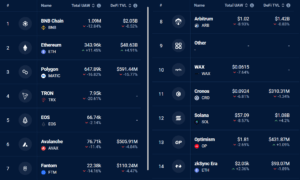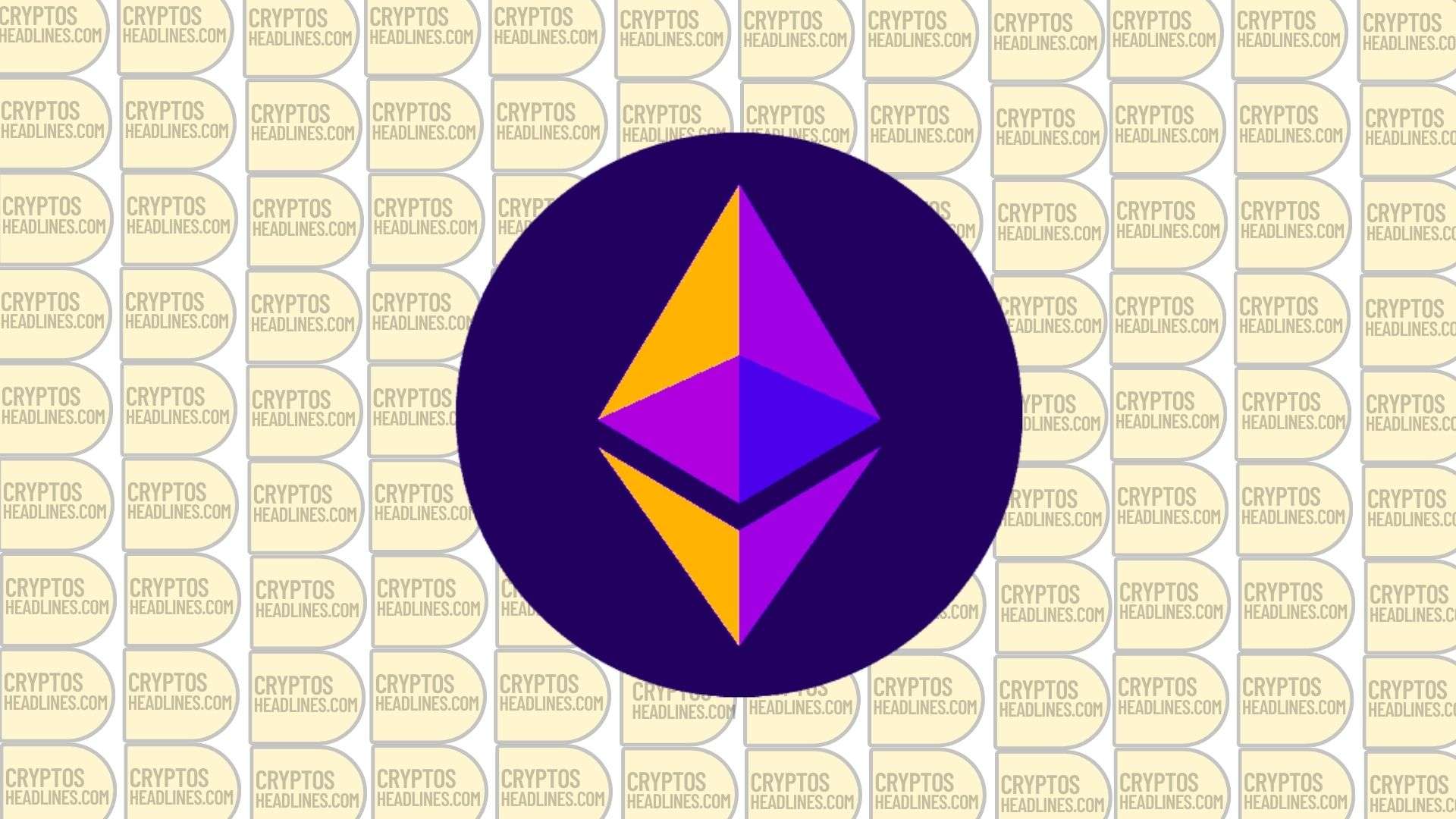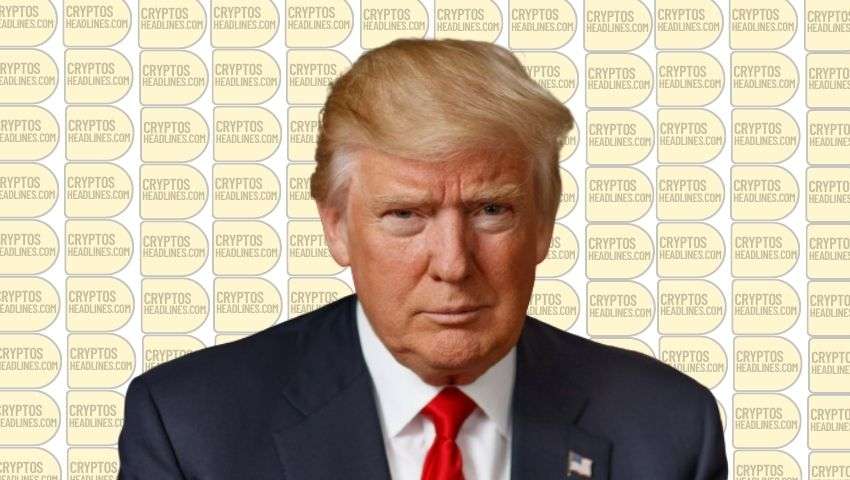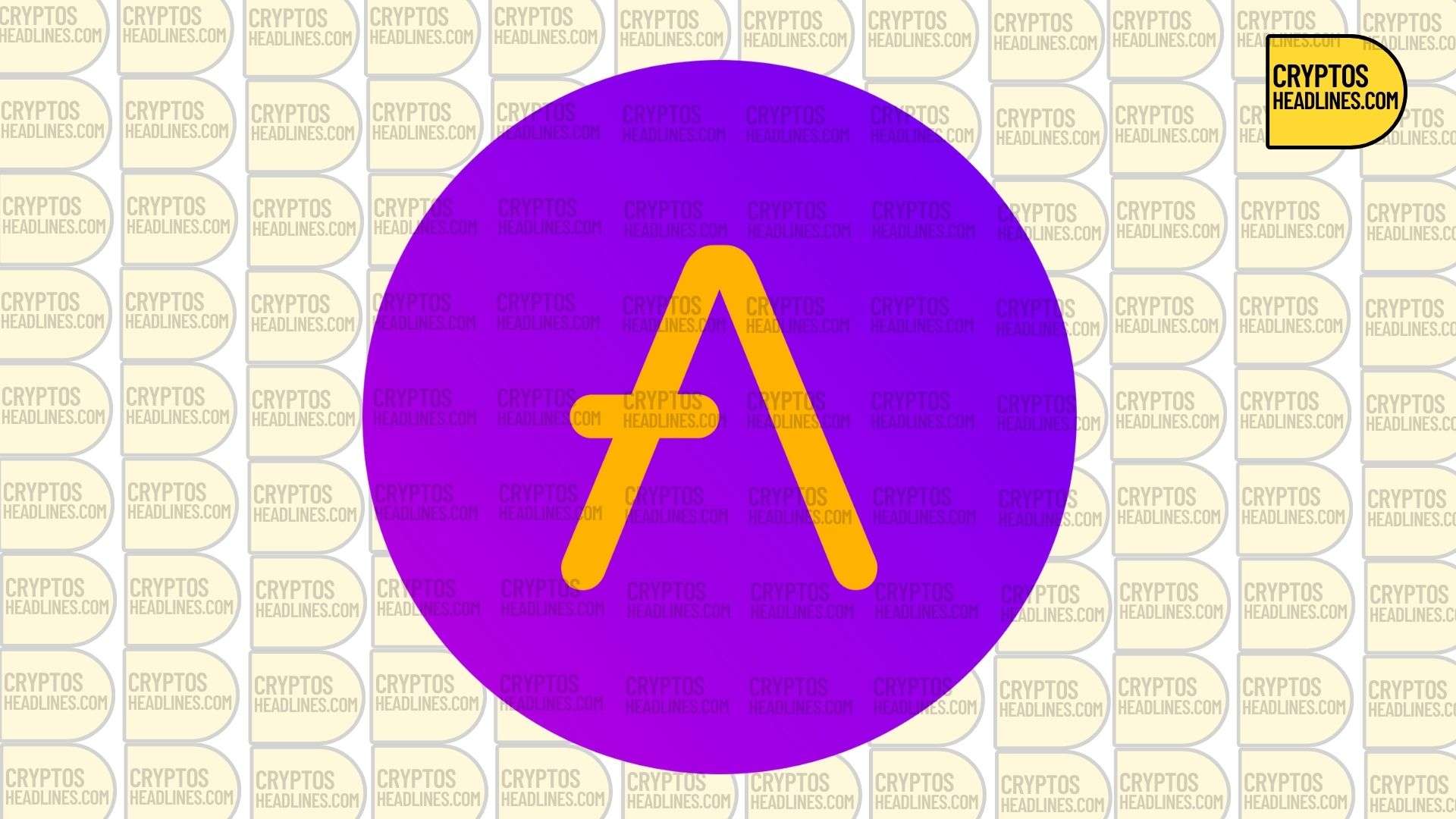Even though regulators took action against Binance, the price of Ethereum went above $2,000 due to increased activity on its network and optimism about a spot ETF approval.
Ether (ETH) is currently priced at $2,067, showing a slight increase on November 23. It has managed to stay above $2,000, having briefly dipped to $1,930 on November 21. In the past week, Ether’s price rose by 2.5%, with the total market capitalization growing by 0.5%. This upward trend is linked to better metrics for decentralized applications (DApps), higher protocol fees, and Ethereum’s strong position in the non-fungible token (NFT) market.
However, the sustainability of Ether’s $2,000 price is uncertain, considering the recent regulatory challenges faced by Binance. Binance’s plea deal with the U.S. Department of Justice (DoJ) could have potential impacts on Ether’s future performance.
Binance’s Regulatory Impact on Crypto Landscape
Binance, a major player in Ether spot trading volume, holds a significant 30% of ETH futures contracts’ open interest. The closure of Binance’s substantial $2.35 billion worth of ETH derivatives contracts within a short timeframe could have far-reaching consequences. Despite initial assessments indicating minimal changes in spreads and liquidity, Binance experienced net outflows totaling $1.53 billion between Nov. 21 and Nov. 23, according to DefiLlama.
The regulatory landscape poses both risks and opportunities. While some interpret Binance’s actions as a sign of ample reserves, concerns linger over the $4.3 billion fine facing Binance and its former CEO, Changpeng “CZ” Zhao. Notably, Bitcoin advocate Luke Broyles advised followers to withdraw their coins from exchanges.
Anyone that claims to know which snowflake will cause the avalanche is naieve.
However… The #Binance $4.3 BILLION fine is a really big snowflake atop a really big pile of snow.
Act accordingly.
Self custody now.#Bitcoin— Luke Broyles (@luke_broyles) November 23, 2023
Even if Binance successfully continues operations and secures client assets, the long-term effects of increased scrutiny and full compliance remain uncertain. The connection between Binance and stablecoin issuers like Tether (USDT), TrueUSD (TUSD), and Binance USD (BUSD) raises additional questions.
Revelations of government agencies accessing undisclosed money laundering and terrorist financing operations through Binance, including fiat payment gateways and banking partners, heighten the likelihood of regulatory actions against stablecoin providers. This development has particularly impacted Ethereum, given Binance’s status as the third-largest ETH staker, with $1.24 billion in deposits, as reported by DefiLlama.
However, recent regulatory shifts also offer positive aspects. Binance’s move toward full compliance diminishes the risk associated with unregulated exchanges, potentially increasing the likelihood of the U.S. Securities and Exchange Commission (SEC) approving spot exchange-traded fund (ETF) instruments for cryptocurrencies. Noteworthy industry players like BlackRock and Fidelity have expressed interest in launching Ether spot-based ETFs.
Furthermore, the SEC’s lawsuit against Kraken on Nov. 20, which designates 16 cryptocurrencies as securities, excludes Ether (ETH). This exclusion reduces the likelihood of regulatory actions against the Ethereum Foundation and entities involved in the 2015 ICO, providing a silver lining amid regulatory uncertainties.
Ethereum’s Resilience and Growth in DApps and NFTs
Assessing the Ethereum network’s vitality, DApps on Ethereum achieved a Total Value Locked (TVL) of $26 billion on Nov. 23, marking a 5% increase from the previous week, as reported by DappRadar. However, the protocol dYdX experienced a setback with a 16% decline in deposits due to a significant hack.

Top blockchains by active addresses and DeFi TVL. Source: DappRadar
Despite Ether’s market capitalization trailing behind Bitcoin at $248 billion compared to Bitcoin’s $728 billion, both networks generated similar protocol revenues. In the last seven days, the Bitcoin network amassed $57.5 million in fees, closely followed by Ethereum with $54.3 million. These figures exclude ecosystem fees from platforms like Lido, Uniswap, or Maker protocols.
Ethereum has also reclaimed its leadership in NFT sales, recording $12.6 million in transactions within a 24-hour period. Although there was a brief period where Bitcoin led in NFT activity, Ethereum remains the preferred blockchain for prominent NFT projects.
The positive performance of Ethereum on Nov. 23 can be attributed to enhanced on-chain metrics, growing anticipation of spot ETF approval, and reduced regulatory concerns stemming from the 2015 ICO.
Important: Please note that this article is only meant to provide information and should not be taken as legal, tax, investment, financial, or any other type of advice.
Join Cryptos Headlines Community
Follow Cryptos Headlines on Google News












